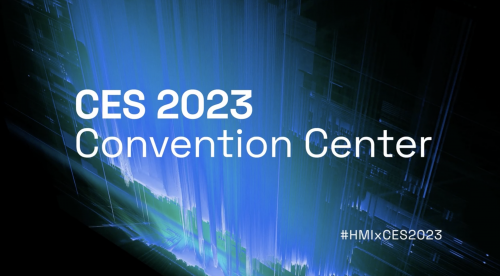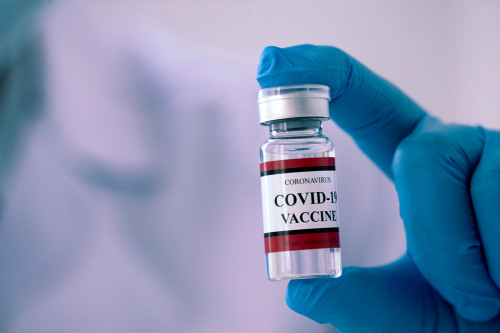For some, cutting back in a time of inflation means paying later — even among the most financially resilient.
Trendspotting in This Year’s Super Bowl Ads
The start of President Trump’s second term has already proven that 2025 will be a year of major shakeups to our political, technological, and cultural landscapes. But against a backdrop of change and uncertainty, this year’s Super Bowl ads largely offered steady ground for what was the largest TV audience on record. Rather than risk offending or provoking, many relied on lighthearted celebrity cameos and took an overall wholesome approach, with a notable exception (see Hims & Hers below).
But existing cultural tensions were on display, including the delicate process of humanizing our AI tools, the growing distrust of the American healthcare system, and the progress of – and continued fight for – women’s equality in sports.
We’re constantly keeping tabs on the cultural zeitgeist through our evolving library of macrotrends. Through this lens, we spotted connections to four key trends from our collection in ads from some of the biggest brands at the game.
1. Sport-Curious: Nike’s “So Win.” Puts Women’s Sports Front and Center
Over the past few years, women’s sports have become more high-profile than ever. For its first Super Bowl ad in years, Nike tapped into this shift to showcase recognizable stars like Caitlin Clark, Sha’Carri Richardson, and Jordan Chiles for a dynamic series of slo-mo shots and televised replays displaying the strength, struggles, and achievements of these top female athletes. Research from our 2024 trend deep dive report, Sport-Curious, shows that 40% of Millennials and Gen Z think women’s sports are more exciting to watch than men’s.* Despite this, a gendered pay gap and wide disparity in media coverage continue to challenge women in professional sports. With Nike’s history of championing social issues at the forefront of culture, it’s no surprise the brand threw its full support behind its roster of female athletes for the most-watched (men’s) sporting event.
2. Extreme Expressions: Mountain Dew Goes Wacky with Seal “Kiss From A Lime” Collab
Adapting the lyrics of his 1994 hit, “Kiss from a Rose” to “Kiss by a Lime,” singer Seal becomes an actual seal to promote Mountain Dew’s Baja Blast Tropical Lime soda. The result is playful, memorable, and intentionally weird. A trend we’ve been tracking since 2023, Extreme Expressions, shows that people and brands are increasingly rebelling against the middle ground through wacky content, self-expression, and experiences. The ad is successful in this rebellion. 77% of US adults told us brands that incorporate humor and absurdity in their marketing are more relatable and likeable,** and in an attempt to stand out, the Super Bowl has long been home to the most unusual content brands can come up with. In its closing line, an actor exclaims, “None of this makes any sense!” It doesn’t – and Mountain Dew knows it – which may be exactly why it works.

3. Crowdsourced RX: Hims & Hers Tackles the American Healthcare System in “Sick of the System”
In what has become perhaps the most widely discussed and controversial ad aired during the game, telehealth company Hims & Hers took a bold approach to addressing the nation’s obesity crisis in promotion of its weight-loss drugs. Set to a score of Childish Gambino’s “This is America,” the ad attacks ‘the $160 billion weight loss industry’ and the system it says is broken and built to keep us “sick and stuck.” Through our trend Crowdsourced RX, we’ve been tracking how easy-to-use technologies and democratized information sharing online are shifting trust away from medical experts and traditional systems and toward people and spaces that feel more approachable. As a modern DTC health company, Hims & Hers is positioned as a disruptor, appealing to Americans’ growing distrust in the healthcare system — but many are pointing out that the GLP-1-like medication it’s promoting through the ad is not FDA-approved or given proper side effect warnings.
4. Personal (AI)ssistants: Google Pixel Makes an Emotional Case for its AI Chatbot in “Dream Job”
To visualize the seamless integration of its AI tool Gemini Live on the Pixel 9 phone, Google shows a father utilizing Gemini to practice for a job interview while recounting the job that taught him the most: fatherhood. Through ongoing tracking of our trend Personal (AI)ssistants, we know that 59% of US adults are willing to outsource everyday tasks to AI, and this number is even higher for men at 65%.*** By emphasizing a harmonious and emotional interaction between the father and his AI companion, Google is tackling the tensions between man and machine arising from the rapid AI adoption into our everyday lives and workplaces by humanizing its advanced technology.

*Horizon Media, Finger on the Pulse. Survey fielded 8/9/23-8/15/23, n=1,130
**Horizon Media Finger on the Pulse. Survey Fielded 6/24/24 – 7/1/24; n=1,000
***Horizon Media, Finger on the Pulse. Survey fielded 10/16/24 – 10/22/24; n=1,005




